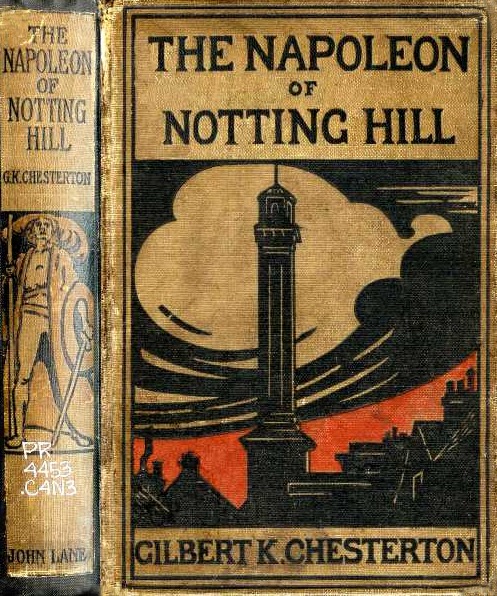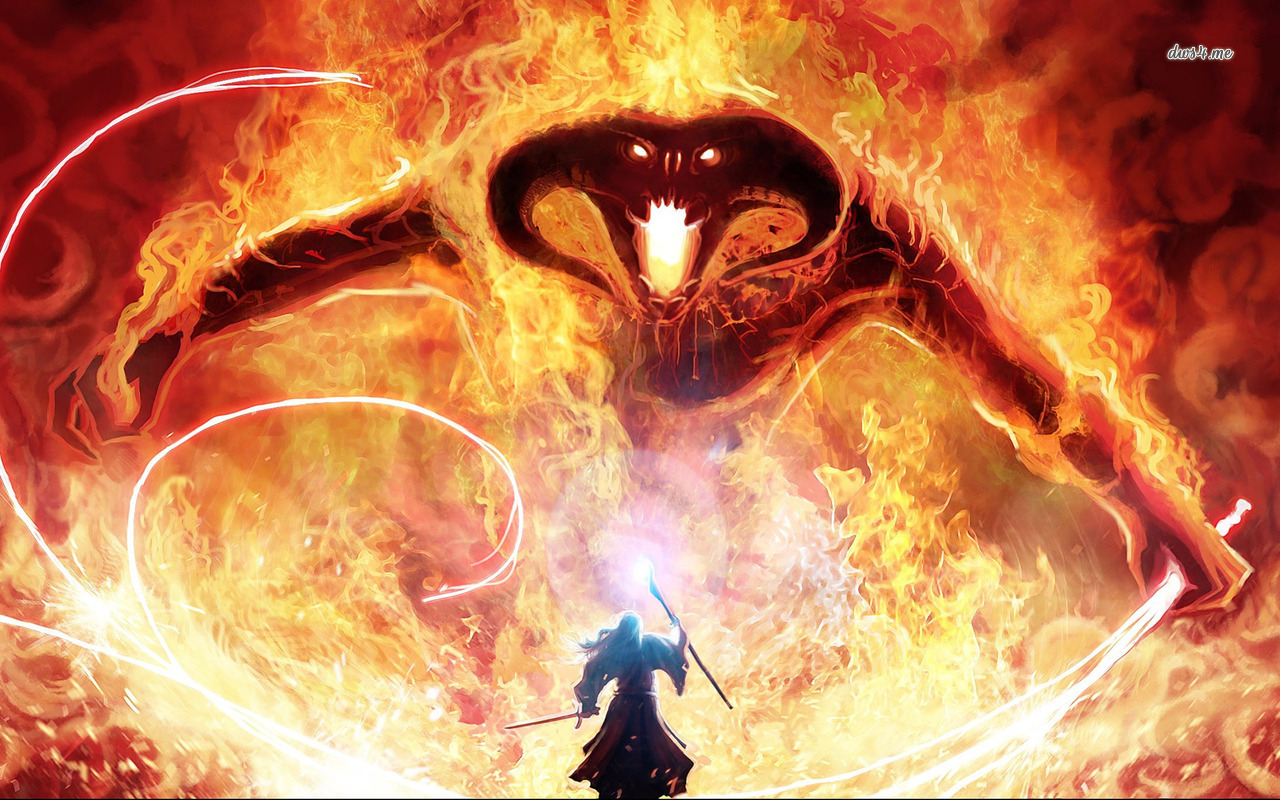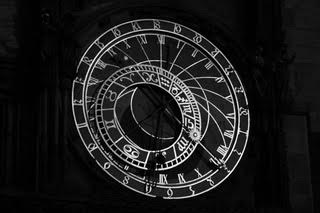
G.K. Chesterton published “The Napoleon of Notting Hill” in 1904.
Picture a London in the future where democracy is dead. A little government minister with virtually no experience governing is made King. The boroughs are suddenly declared separate kingdoms with their own city guard, banner and gathering cry and the capital is plunged into a strange type medieval warfare. Then Notting Hill declares its independence?
When G.K. Chesterton wrote his classic Napoleon of Notting Hill in 1904, the Russo-Japanese War was just beginning and the first ever New Year’s Eve celebration in Times Square was held. Edward VII sat on the British throne. But it is a book surprisingly relevant to the contemporary world. The book revolves around loyalty to the local and taking our neighbors seriously; it is an early demonstration of the axiom, “Think globally, act locally!” But this loyalty to our neighborhood is far from the cries of “America first!” that involve turning our back on the rest of the world. It is our loyalty to our neighborhood that forces us to realize our interdependence on the rest of the world and how each neighborhood needs the others if any are to flourish. Need a good book this summer? Pick up this one!
Chesterton’s The Man Who Was Thursday is credited with inspiring the conversion of C.S. Lewis to Christianity and Michael Collins to the cause of the Irish Republic. It also was one of Neil Gaiman’s inspirations for Neverwhere.



